Bought New BluCollarTactical 2 Point Rifle Sling If you are planning to carry your carbine or rifle any distance, or need to support your firearm for longer than 30 minutes, then you need a sling. We have lots of different types of slings since each firearm, and how you use it, is a little different. Recently we purchased a pair of new slings for our Colt AR-15 carbine (R6430) and rifle (R6550). For our AR platforms we don’t really need anything too sophisticated, so we just went with a standard sling; the BluCollarTactical Patriot Model 2 Point Rifle Sling.
You can find the details about the BluCollarTactical 2 Point Rifle Sling on the Shooting/Slings page.
1 Comment
What Are Chokes and Why Do You Need Them?Back in November I wrote a detailed blog post about shotgun shells and what all the specification numbers mean. Since then I’ve had several people ask if I would write another blog post about shotgun chokes. If you thought that all the information about shotgun shells was complicated – just wait until you try to sort out choke tubes. Before getting into the details about choke tubes, let me answer the two questions that most people initially have: 1) What do chokes do? 2) Why would I want to use a choke? Fundamentally chokes are added to shotguns to focus the shotgun pellets so that they stay in a tighter pattern as they leave the gun’s barrel. In short the choke controls the spread of the shot – making it narrower or wider depending on the choke in use. The addition of a choke makes it so that a single shotgun can be used in a wide variety of situations. Although shotgun chokes were first patented back in the mid 1800’s, it wasn’t until the 1980’s that chokes really began to be used by a large number of shooters. Since I use 12 gauge shotguns made by Benelli (and Franchi which is owned by Benelli these days) let me cover their chokes, which are similar to the standard industry chokes – but tailored to Benelli shotguns. Standard Benelli Crio® chokes sit flush with the muzzle and come in the following five (5) constrictions:
The Benelli Crio® chokes are cryogenically treated to relieve the stresses caused by hammer forging, creating a smoother and more uniform surface. This allows them to pattern better and they stay cleaner longer. Each Benelli choke has notches cut into the top of the choke tube to indicate the choke tube constriction. A lower notch count means more constriction (tighter). A higher notch count means less constriction (broader). 1 notch = Full (F) 2 notches = Improved Modified (IM) 3 notches = Modified (M) 4 notches = Improved Cylinder (IC) 5 notches = Cylinder (C) The standard bore diameter of a 12 gauge shotgun ranges from .725 to .730 inches (18.4 to 18.5 mm). Benelli’s are .725 inches. The tube exit dimensions on standard Benelli Crio® chokes are as follows: Full .695 inches Improved Modified .700 inches Modified .705 inches Improved Cylinder .715 inches Cylinder .725 inches Note: Chokes for other shotguns and from other manufacturers (e.g. Briley, Carlson’s, Trulock, Muller, Patternmaster, Hevi-Shot, etc.,) will be constructed differently and may have different dimensions. Here’s a good link to a page on Carlson’s website with lots of information on the sizes of available chokes by shotgun manufacturer: http://www.choketube.com/choke-tube-listing-R.php A gun with no choke is called a cylinder bore and delivers the widest spread. There are also a number of specialty chokes that provide narrower or wider spreads—these are typically used for skeet shooting and turkey hunting. The Modified (M), Improved Cylinder (IC) and Cylinder (C) chokes are recommended for steel shot. Most people find that the Modified choke (M) works best for pass shooting while the Improved Cylinder (IC) and Cylinder (C) chokes work well on decoying birds A Cylinder choke (C) is recommended for shooting rifled slugs in a smooth-bore barrel. Sabot slugs should only be shot through Benelli’s fully-rifled slug barrels. It is not safe to shoot slugs through chokes tighter than IC or C. The constriction on Full (F) and Improved Modified (IM) chokes is very tight. Because steel does not compress, it can damage the barrel and choke as the shot charge passes through them. If you want to see a demonstration that clearly shows the difference between a full choke and a cylinder choke - here's a fun video from DemolitionRanch that you should watch: When you put together the type of shotgun shell and the choke tube you can get a wide variety of shooting configurations – good for any situation. Here’s a great chart showing what the best configurations for different situation are: A great source of information on this, and many other related topics is the "Official Hunter Safety Courses for Today’s Hunter" website. They’ve worked with International Hunter Education Association (IHEA-USA), more than 45 state agencies responsible for hunter education, and various industry partners to develop comprehensive online hunter’s safety courses that teach students important laws and regulations, game identification, and safe, responsible firearm handling. You can find their website at:
https://www.hunter-ed.com/ An example of the Course Outline for one of their Study Guides can be found at: https://www.hunter-ed.com/montana/studyGuide/20102702/ An example of the level of information that they detail in their Study Guides can be found at: https://www.hunter-ed.com/montana/studyGuide/Maximum-Projectile-Range-Shotgun/20102702_700158530/ |
What's On This Page?Here's where we post reviews, questions, answers, thoughts and other information that's of general interest to our followers in a blog format. Categories
All
Archives
August 2023
|
|
|
Copyright 2016-2024 Hiking, Camping and Shooting |


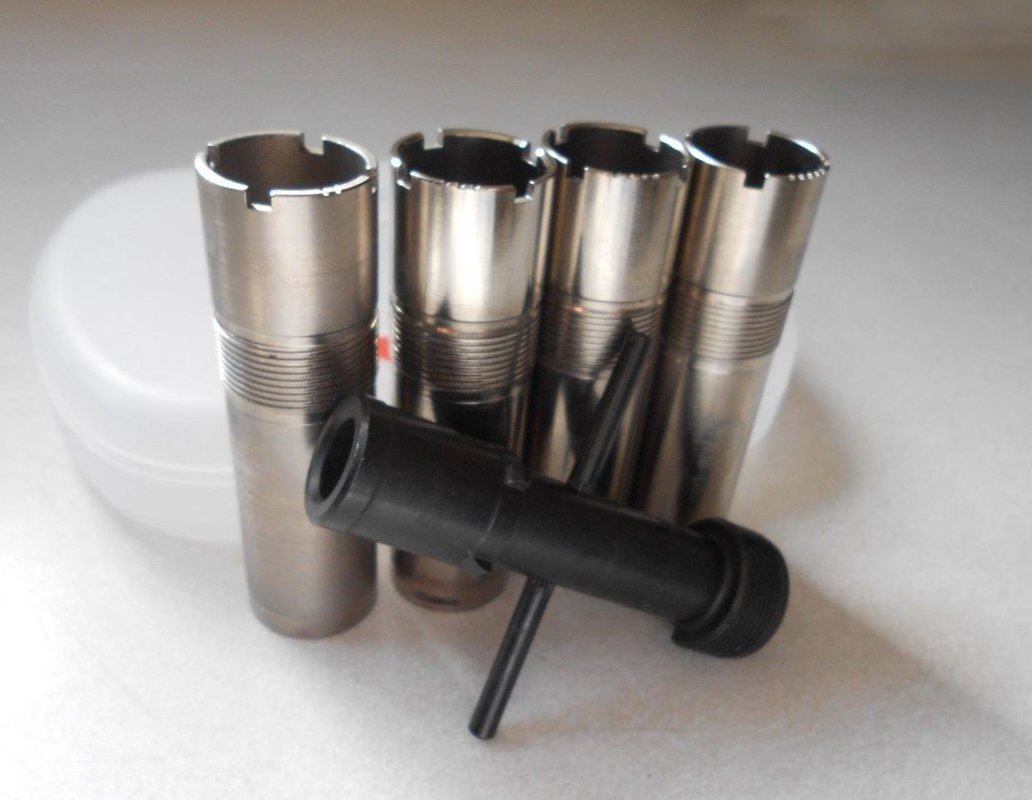
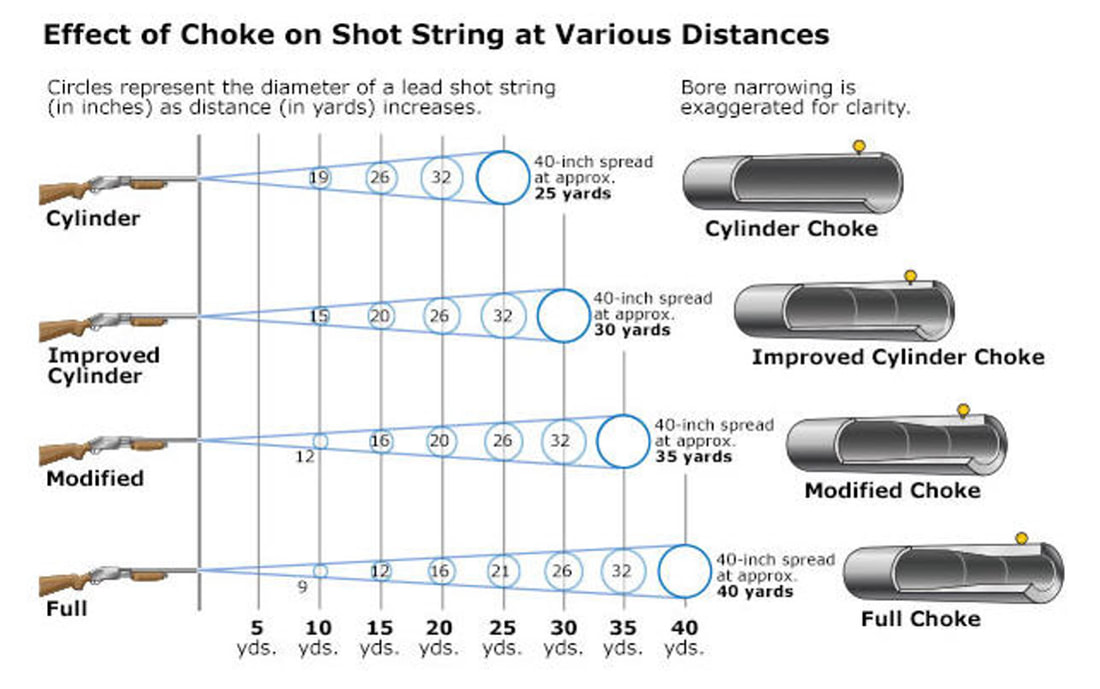
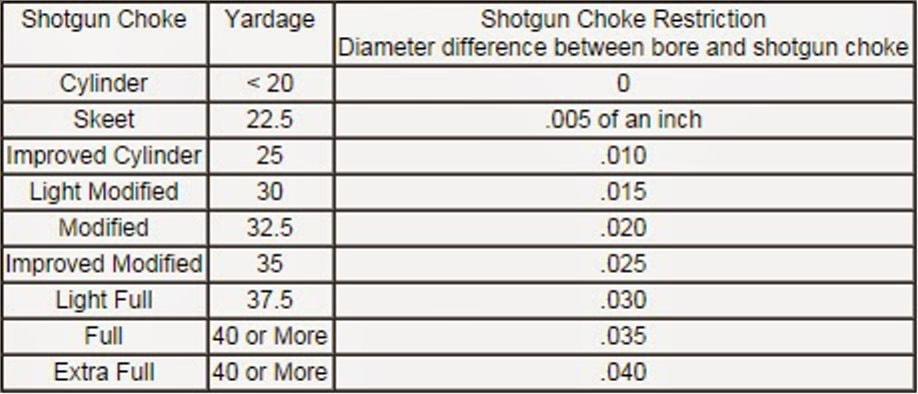
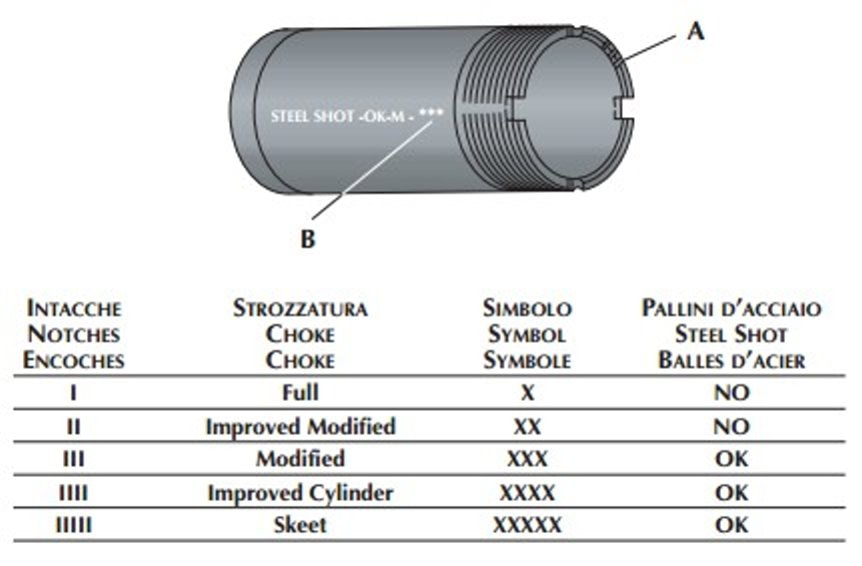
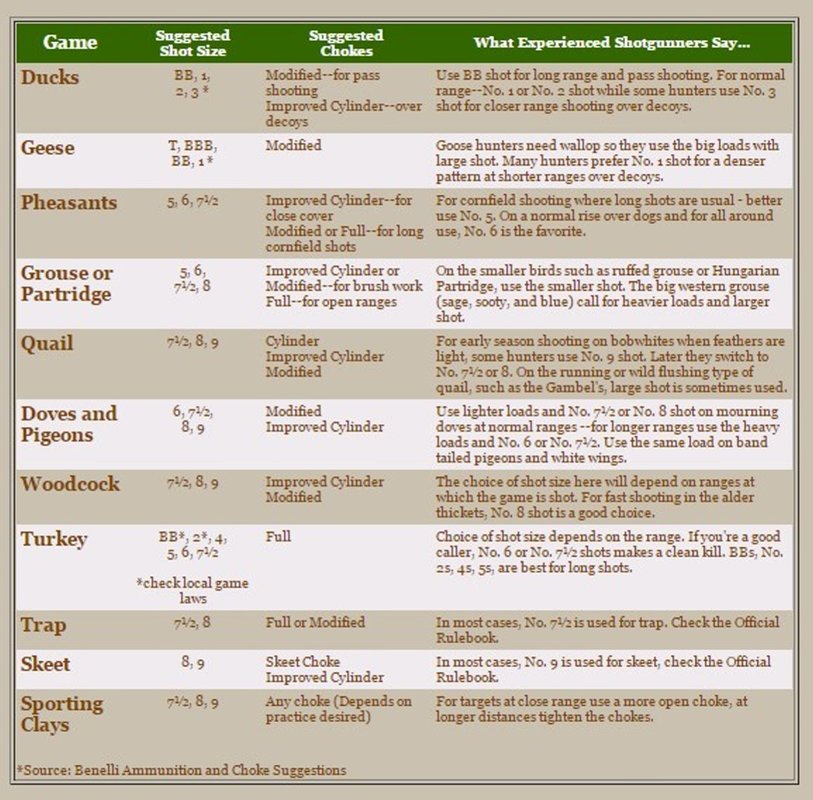

 RSS Feed
RSS Feed